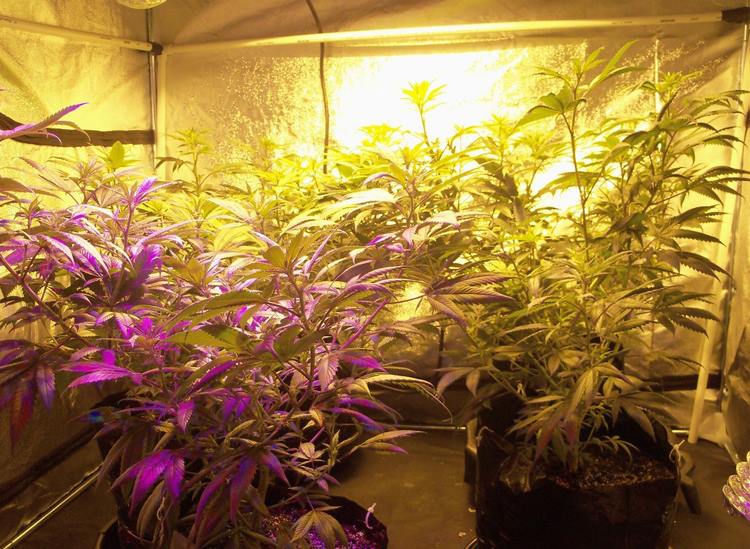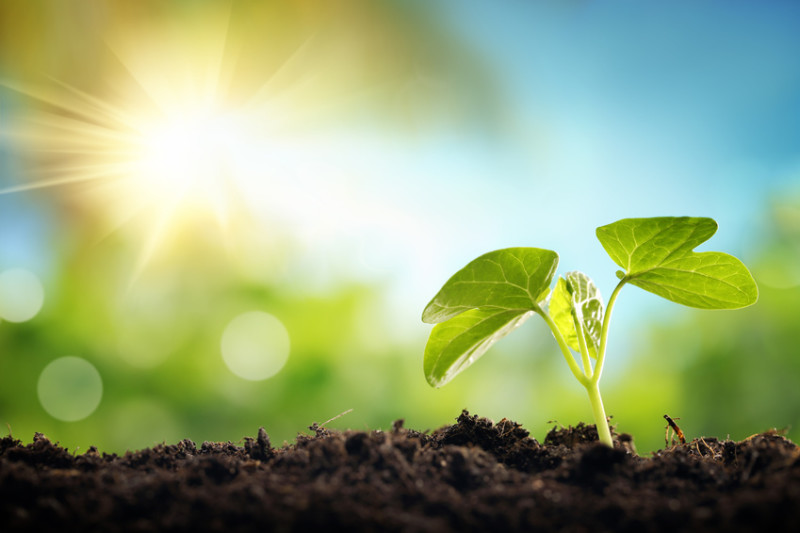As winter approaches, fingers will be itchy after the growing season begins, but you don't have to wait until March/April. As long as enough light and heat are added and there is space, it is possible to grow throughout the year. Whether it is tomatoes, sunflowers or other ornamental and useful plants, they all need a lot of light. But you still don't have to make it unnecessary.
During the period from October to March, there is not enough sunlight in Norway, and plants without enough light become long, sparse, lined and slender. This is because all plants can reach light. Less light can make plants grow thin and long, and the distance between leaves is larger. You can lose confidence for less money-it doesn't make much sense to see the tireless efforts of spring being crowned by long, sparse plants, it is not an interesting thing. Even if the newly sown plants are placed on the windowsill in the spring, the light is not enough to provide optimal growth. It is better than the darkest corner of the living room, but by adding the right light, you can get better results, and there are several solutions in all price ranges. Remember that with ordinary light bulbs, plants can only absorb about 10-15% of the light-this is not an efficient use of energy.
However, please note that the lighting requirements will vary depending on which plant it is and at which growth stage. If planned, the planting time depends on when it can be planted. Plant lighting is a huge and complex science, and most people who love gardening don't need to understand it. So here are some general tips that will bring good results.
What light does plants need?

The first is some simple lighting theory to better understand the importance of proper lighting. In the light world, we have discovered various concepts, including nanometer, lumen and kelvin. For light waves, power and light temperature have some concepts. Most light sources are expressed in lumens and Kelvin values.
The most important source of nutrients for plants is photosynthesis, which comes from the spectrum of sunlight between 400 and 750 nanometers (nm). Blue (420-490 nm) can make plants grow tightly and is important in the early stage; red light waves (650-750 nm) can make flowers bloom. 600-630 nm is important for photosynthesis.
In the early growth stages, more blue spectra found in the spring sun are needed. It promotes growth hormones in plants. At this stage, the light source should be hung as close to the plant as possible to obtain a compact plant. The sun in summer and autumn has more red to promote flowering.
Temperature is related to light. The higher the temperature, the more light the plants need. This is related to the season and sunlight. Therefore, growing up on the kitchen counter at the beginning of the season can be a challenge. Plant light usually has about 6400 Kelvin and up to 2200 lumens, which is what we call white daylight. (The maximum lumen of an ordinary 40 W incandescent bulb is 470 lumens, while the maximum lumen of a 150 W incandescent bulb is 2400 lumens, but if hung too close, it will also emit high heat and make plants burn.)
The general rule is that the light time is 12-16 hours. The light source should be suspended 10-50 cm above the germination of the plant and move to a higher direction as the plant grows. Pay attention to the heat generated by the light source to avoid burning plants. Compared with ordinary light bulbs, LEDs emit less heat and consume less power, so they are cheap to use.
Propulsion and daylight are extended.

When we use plant light, we distinguish two growth stages. Advance, namely seed germination and early growth stage. Then there is the method of prolonging the daylight for further growth. In this method, we trick the plants into thinking that the day is longer and therefore bloom.
As a hobby gardener, you can use the same light source and only change the distance between the plant and the light source. During the germination and early growth stages, the light is suspended close to the plant, and when the daylight is extended, the light is suspended in a higher position.
You don't need to fill in windowsills and kitchen counters.
Most plant centers have solutions suitable for germination and growth. There are many variants of the solution, suitable for indoor plants and seed stands.
The advantage of this is that even if there are no windows, the plants can be moved to a cooler room, such as a basement or storage room. Here you can more easily adjust the light and heat, and you don't have to fill the kitchen and window sills with plant sprouts.
Adequate light is not necessarily an expensive issue.
You can use standard fluorescent lamps or other lamp holders with bulbs or fluorescent tubes, which have 6400K, 1200-2200 lumens and at least 10W of power. No need to use expensive special bulbs or lamps. LED lights have reasonable power consumption, longer service life, and will not emit heat that will burn plants. But many plant candles cost no more than a few hundred dollars and usually last for several years, so if you are not sure, it is indeed worth the investment.
If you want to save money, just use a white fluorescent tube, just check if the light wave is as best as possible. After all, a little more light is better than nothing. Enjoy this year's growing season!























